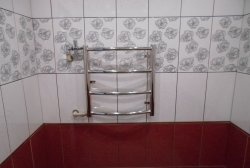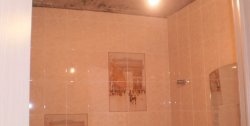5 tricks for laying tiles
The cost of laying porcelain tiles on the floor is almost twice the price of the material itself. There is a reason to master this business and save the family budget, and even replenish it. But given the competition, it is impossible to do without advanced training.
Let’s say we have to lay 80x20 cm porcelain tiles as a single carpet in a room with partitions. To do this, we will stock up on the following materials:
To install the tiles, we will prepare a grinder, combs for applying glue, control devices, a rubber trowel, a sponge on a holder and a container, as well as a respirator and goggles.
To perform this work efficiently and without unnecessary labor costs, you should master and use some tricks that experienced craftsmen use.
These products are used to level the tiles when laying them. But, if the base is even and the glue lies in an even layer, another advantage of the SVP appears. Their persistent parts serve as a kind of beacons, and all the tiles lie on them.This allows you to step carefully on the freshly laid tiles without fear of them sagging or moving.
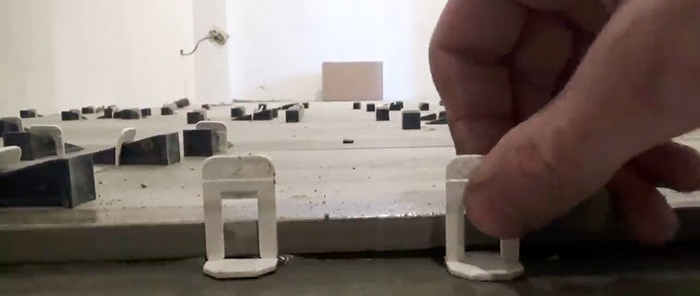
When laying tiles directly as a single carpet in several rooms, minor trimming is inevitable. It is especially difficult for porcelain stoneware, which, along with its rigidity, is also brittle. Therefore, trying to cut a thin strip often results in chipping.
To avoid this, we lay porcelain tiles on polystyrene foam and cut them using a grinder according to the markings.
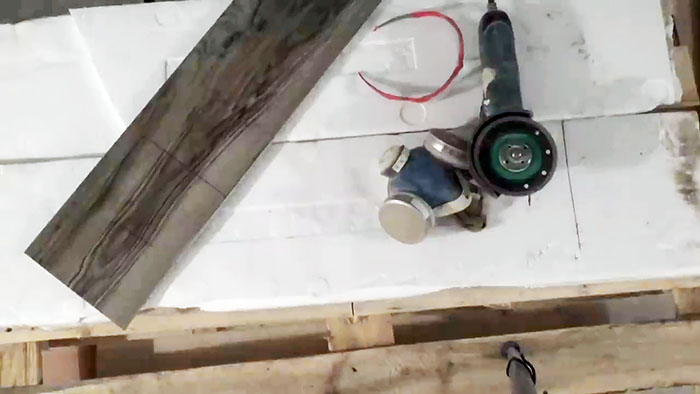
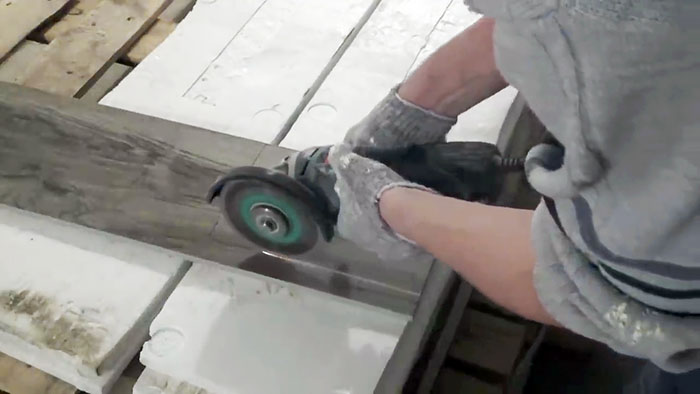
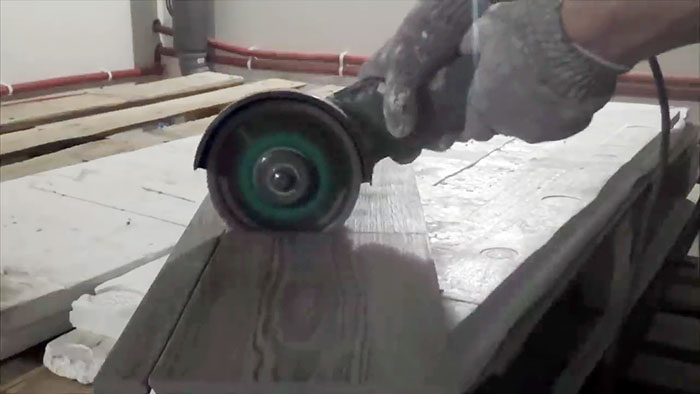
At the same time, foam dampens vibrations and shocks from the instrument. Moreover, we do the pruning in several passes. This also helps to preserve the tiles.
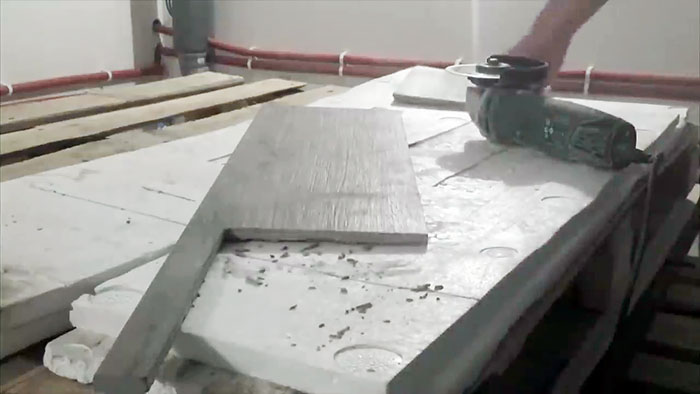
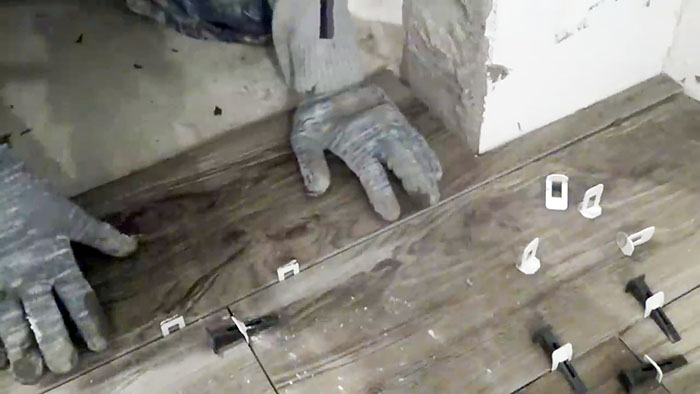
Usually it is applied to both the base and the tile protector, which takes time and leads to excess adhesive consumption. But you can do without applying it to the tiles and still achieve maximum occupancy.
The trick is in the way you apply the glue to the base with a small notched trowel. We lay the glue not in a straight line, but in a wave-like manner.
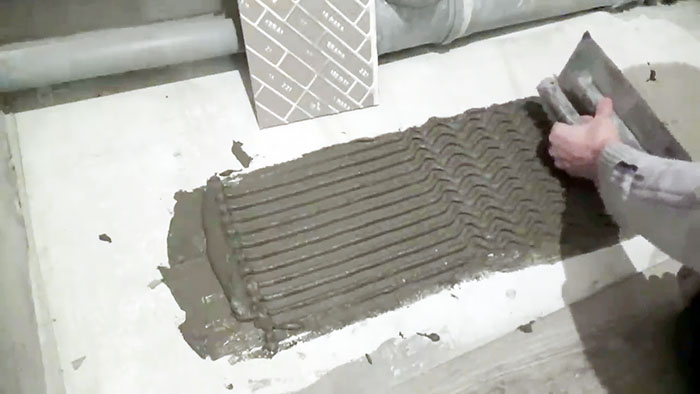
Then it can be applied in larger quantities than in the classical way. This can be clearly seen if you lift the newly glued tiles with different adhesive applications.

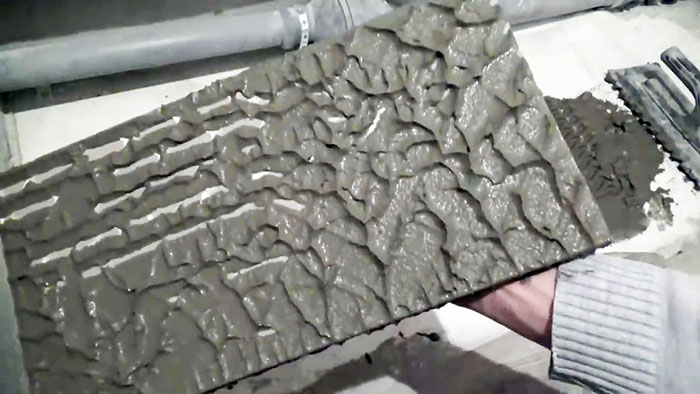
After grouting the joints, remove the excess. This is not easy to do when the glue is dark and the tiles are light. But if you use a sponge on a holder and a container of water, then such labor-intensive work can be greatly simplified and speeded up.
We remove excess glue diagonally without lifting the sponge from the tile from start to finish. Then we clean it of water and collected glue in a container that should be nearby. This removes the grout completely and does not require another wash.
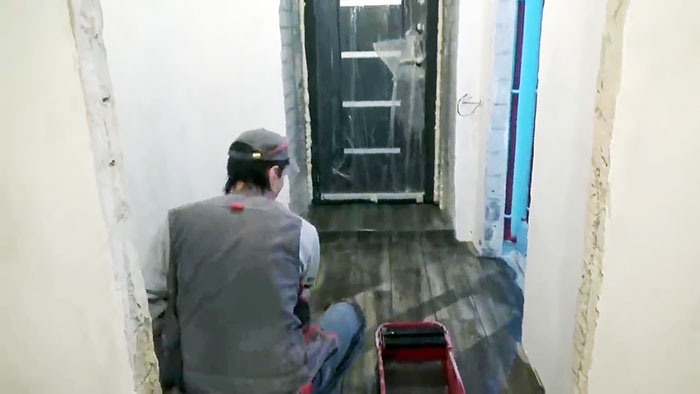
It is a consequence of uneven drying.
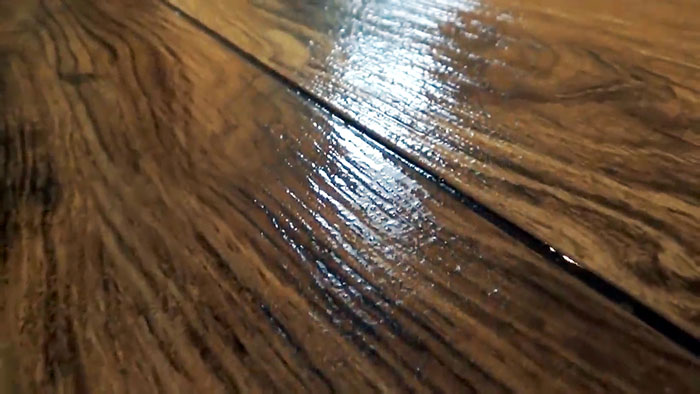
At the end of the washing, moisture remains in the seams, some more and some less, which is the reason why the grout becomes stained.
Dealing with this problem is not difficult. It is enough, after finishing grouting, to remove excess moisture using a regular rag. This also results in additional polishing of the seams and removal of residual grout if it is still left somewhere.
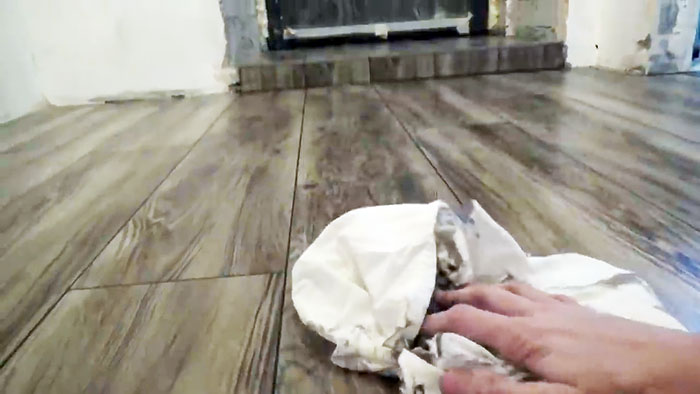
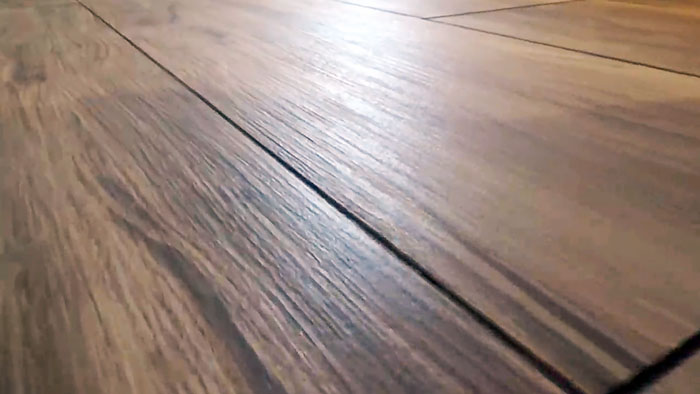
Will need
Let’s say we have to lay 80x20 cm porcelain tiles as a single carpet in a room with partitions. To do this, we will stock up on the following materials:
- tile adhesive;
- floor leveling system (SVP);
- grouting joints;
- sheets of foam plastic;
- soft dry cloth.
To install the tiles, we will prepare a grinder, combs for applying glue, control devices, a rubber trowel, a sponge on a holder and a container, as well as a respirator and goggles.
5 life hacks for laying tiles on the floor
To perform this work efficiently and without unnecessary labor costs, you should master and use some tricks that experienced craftsmen use.
SVP: positive side effect
These products are used to level the tiles when laying them. But, if the base is even and the glue lies in an even layer, another advantage of the SVP appears. Their persistent parts serve as a kind of beacons, and all the tiles lie on them.This allows you to step carefully on the freshly laid tiles without fear of them sagging or moving.

Method for fine cutting of tiles
When laying tiles directly as a single carpet in several rooms, minor trimming is inevitable. It is especially difficult for porcelain stoneware, which, along with its rigidity, is also brittle. Therefore, trying to cut a thin strip often results in chipping.
To avoid this, we lay porcelain tiles on polystyrene foam and cut them using a grinder according to the markings.



At the same time, foam dampens vibrations and shocks from the instrument. Moreover, we do the pruning in several passes. This also helps to preserve the tiles.


Method of applying tile adhesive to the base
Usually it is applied to both the base and the tile protector, which takes time and leads to excess adhesive consumption. But you can do without applying it to the tiles and still achieve maximum occupancy.
The trick is in the way you apply the glue to the base with a small notched trowel. We lay the glue not in a straight line, but in a wave-like manner.

Then it can be applied in larger quantities than in the classical way. This can be clearly seen if you lift the newly glued tiles with different adhesive applications.


How to effectively clean up grout adhesive
After grouting the joints, remove the excess. This is not easy to do when the glue is dark and the tiles are light. But if you use a sponge on a holder and a container of water, then such labor-intensive work can be greatly simplified and speeded up.
We remove excess glue diagonally without lifting the sponge from the tile from start to finish. Then we clean it of water and collected glue in a container that should be nearby. This removes the grout completely and does not require another wash.

How to Avoid Grout Spotting
It is a consequence of uneven drying.

At the end of the washing, moisture remains in the seams, some more and some less, which is the reason why the grout becomes stained.
Dealing with this problem is not difficult. It is enough, after finishing grouting, to remove excess moisture using a regular rag. This also results in additional polishing of the seams and removal of residual grout if it is still left somewhere.


Watch the video
Similar master classes
Particularly interesting
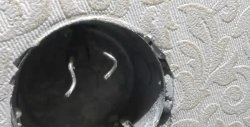
How to install a socket if there are short wires left
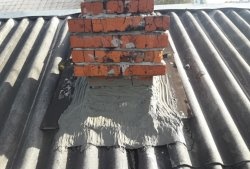
How to eliminate gaps between the chimney and slate
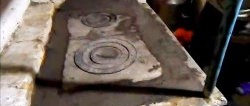
How to mix an ultra-reliable solution for the oven that does not give
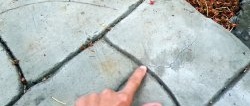
There will be no more cracks: What to add to concrete to make it
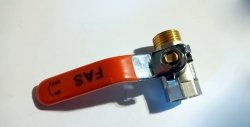
Never buy ball valves without checking with me
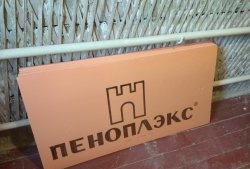
New technology for floor insulation with penoplex
Comments (0)

